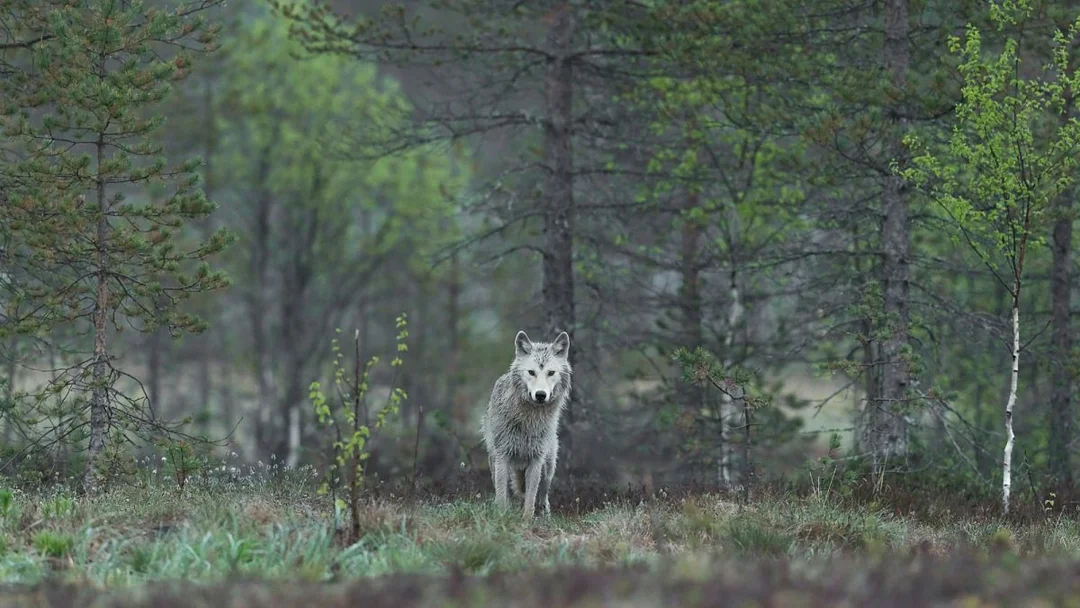
How Wolf-Tracking Tourism Can Support Rewilding Initiatives
The Central Apennine ridge, a breathtaking segment of Italy's mountainous landscape, is home to some of Europe’s most impressive wildlife, notably several thriving packs of wolves. With their populations rebounding from the brink of extinction over recent decades, these majestic creatures are becoming a focal point for a burgeoning sector of eco-tourism: wolf-tracking excursions.
Visitors to the stunning Abruzzo National Park can now embark on guided experiences to track free-ranging wolves—a practice that not only offers adventure but also promotes wildlife education and conservation. Travel companies, such as Wildlife Adventures, facilitate immersive weekend excursions designed to enlighten participants about the intricate dynamics of human-wolf relationships.
As the founder of Wildlife Adventures, Umberto Esposito highlights, these trips aim to promote understanding of wolves through direct observation and engagement with the natural environment. Over the course of three days, participants trek through the rugged terrain, hiking around 7 to 10 kilometers daily, while tracking signs of wolf presence, including their pawprints.
Esposito notes the transformative impact of such eco-tourism, asserting, “Tourism activities that respect the environment and wildlife can contribute to wolf protection by reducing human-wolf conflicts and supporting conservation projects.” By enhancing knowledge about wolves, often distorted by negative media portrayals, local perceptions can shift; wolves may become valued as assets for tourism rather than viewed as threats.
This type of responsible tourism also revitalizes rural economies, creating job opportunities in hospitality and guided tours, while fostering sustainability in areas at risk of neglect or exploitation for commercial development like ski resorts. The ripple effects of wolf-tracking tourism extend far beyond the wilderness, enriching local communities economically while promoting environmental stewardship.
Across Europe, similar initiatives are gaining traction. In Romania's Transylvania, for example, robust forest management practices support a diverse and healthy ecosystem, housing large populations of wolves, bears, and lynx. Conservation efforts in these regions highlight the feasibility of coexistence with traditional human activities, establishing a model for conservation initiatives nationwide.
In conclusion, as tourism focused on wolf tracking continues to flourish, it poses an intriguing solution to support not only wolf populations but also rural revitalization and ecosystem preservation. How can communities further embrace such initiatives to foster harmonious relationships with wildlife? Share your thoughts below on how you see tourism contributing to conservation efforts!